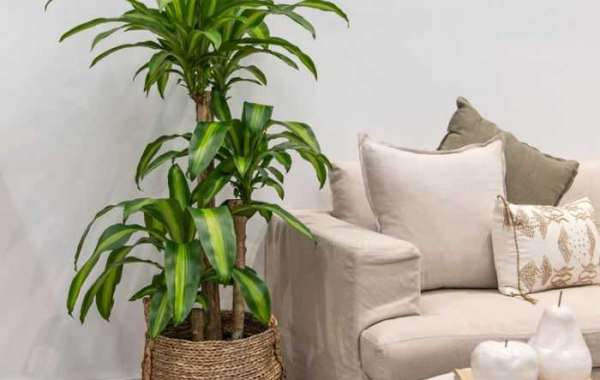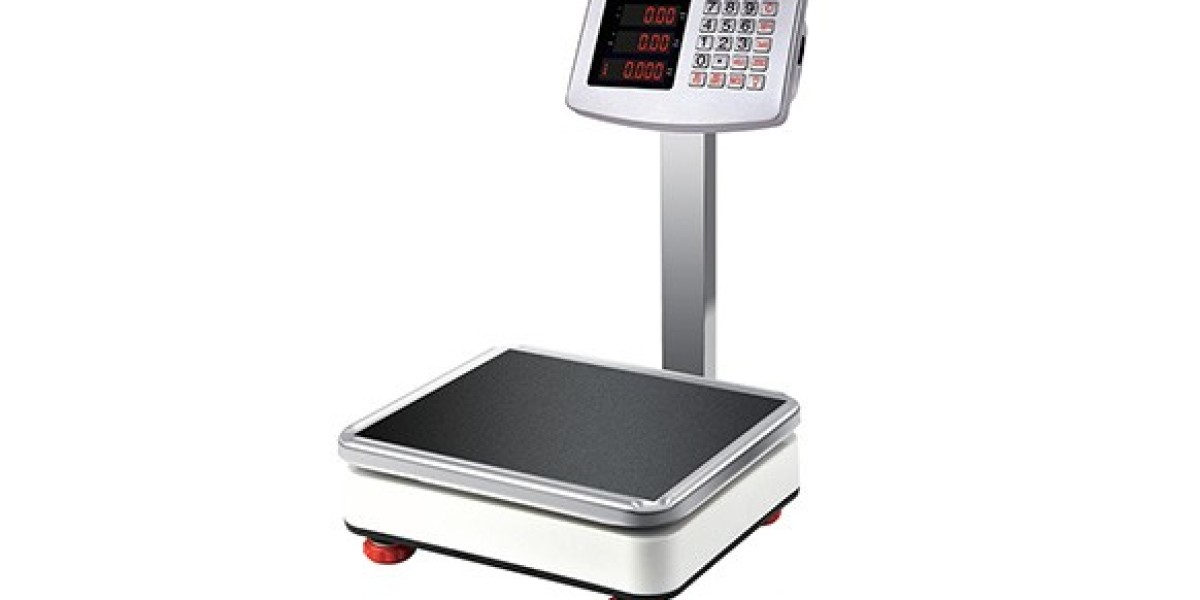Getting plants at the right price and quality can be a challenge. There are many sources, such as independent local nurseries, big-box stores, online vendors, and wholesale clubs. Each has its own pros and cons. But remember this: the “right” happy plant price is affordable — not cheap! A plant has value beyond just its cost.
It needs to be worth your while in terms of quality, care needs, maintenance demands and longevity. In general, smaller independent nurseries tend to have higher-quality plants that don’t require much maintenance or special conditions to thrive.
On the other hand, big-box stores tend to sell more affordable but lower-quality plants that need more frequent watering and humidity adjustments to thrive. They may also sell smaller versions of mature plants that are still growing and won’t reach their full potential for years or even decades. If you know what to look for when buying a plant, you can get excellent value for your money.
Research Which Plants You Want to Buy
Before you even step foot inside a nursery, have a list of plants in mind that you want to buy. Research them first so you know what type of plant you want, and how big it will be when it’s fully mature. Also, find out what its typical care needs are, how much it costs, and whether it’s worth the money.
You can find information on most plants online. You can also find pictures of specific plants at various stages of their lifecycles. Knowing what to look for when you’re at the nursery will help you make better buying decisions.
Ask About the Grower and Where the Plants were Grown
You can tell a lot about the quality of a plant by the reputation of the person who grew it. Choosing plants that were grown by reputable nurseries will greatly increase the chance of success with your new plants. When you’re talking to a nursery representative or reading a plant tag, find out where the plant was grown. If you can, ask for specifics on how it was grown.
- Was it organically or conventionally grown?
- Was it grown locally or in another country?
- How long was it in the grower’s care before it was sold to you?
The more specific information you can get, the more valuable the plant will be to you in the long run.
Look for Signs of Quality in the Plant Itself
You can get a good indication of the quality of a plant by looking at the leaves and roots.
- Are the leaves vibrant and unblemished, or are they yellowing or shriveled?
- Are the roots dense and healthy, or are they spindly and full of holes?
The leaves, stems, and roots are the vessels that feed and water the plant. If they are unhealthy or sparse, the plant won’t thrive for long. A plant may also be a sign that it was grown in poor conditions and is a product of bad farming practices. If a plant doesn’t look healthy, don’t buy it. You may be able to return it to the store where you bought it, but you don’t want to risk bringing a sick plant home.
Check to See If Any Trimming or Repotting is Required
Some plants need to be pruned or trimmed to stay healthy. Others need to be transplanted into larger pots as they become mature and full-sized. If a plant needs repotting and you don’t know how to do it, don’t buy it.
You can easily repot a plant later, but you may find yourself unable to care for it until you can bring it to a professional. If a plant needs trimming, make sure you know how to do it correctly. You don’t want to accidentally hurt the plant or leave behind an infection that can kill it.
Check When You’ll be Able to Put the Plant in Its Final Growing Spot
There are many options for shopping for plants, but you need to choose carefully. If you buy from a nursery, make sure the plants are relatively small. You don’t want to buy a full-grown plant, since it will be difficult to move and place in your home.
If you shop at a big-box store, you can get larger plants, but make sure they are healthy and hearty. Seedlings are often very young and won’t last long. They also may not be the right plant for your needs. If you shop online, make sure the plants are within your ability to keep alive. There are many cheap, tiny plants you can order, but they may be difficult to care for.
Ask About Warranty and Replacement Policies
Some nurseries offer free replacement if a plant dies or is damaged in shipping. Ask about this policy if you are buying from an online vendor. You may also want to ask about a store’s or nursery’s warranty policy.
Most businesses will offer a guarantee on their plants, but some don’t. If a business has a strong warranty or replacement policy, it’s a good bet they stand by their product and have high-quality plants. Again, you should research all of these factors before you buy, so you know what to look for when you’re at the nursery.
References:
1-The psychological benefits of indoor plants: A critical review of the experimental literature
https://doi.org/10.1016/j.jenvp.2009.05.001
2-Classification and geography of the flowering plants
https://doi.org/10.1007/BF02858611










